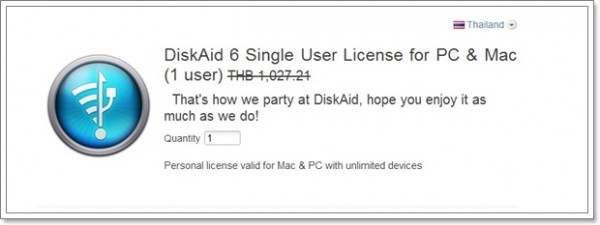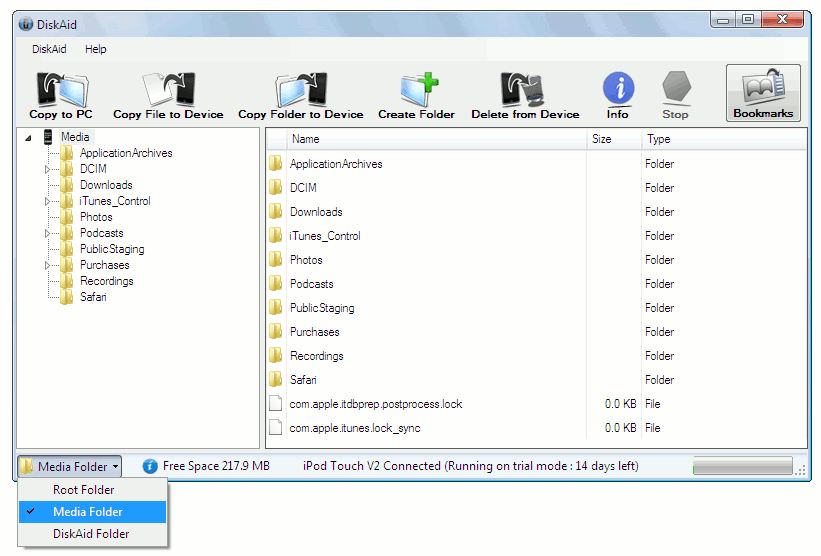
Modify: Allows the user or group to modify and delete a file, and perform all of the actions permitted by the Read, Write, and Read and Execute permissions.Read & Execute: Allows the user or group to run and execute the application, and perform all actions allowed by the Read permission.Write: Allows the user or group to overwrite the file, change its attributes, view its ownership, and view the permissions set.

Read: Allows the user or group to read the file and view its attributes, ownership, and permissions set.

NTFS permissions provide access control for files and folders, containers and objects on shared systems, typically network attached storage (NAS). However, it is possible to leverage NTFS with other operating systems like Linux and BSD. Today, NTFS is used most often with the following Microsoft operating systems:
Disk aid windows vista mac os#
Mac OS computers can read NTFS formatted drives, but they can only get written to NTFS with the help of third-party software.
Disk aid windows vista android#
And, because NTFS is designed to work with a Windows operating system, devices that operated from Mac or Android aren’t always compatible. The primary disadvantage of NTFS is that its modern capabilities aren’t accessible to older technology. The number of disk accesses required to access a file.You can control the size of a cluster size based on what’s most important to your organization: The size of each cluster will range from 512 bytes to 64 kilobytes.Each file is distributed and stored in one or more clusters or disk spaces of a predefined uniform size (on the hard disk).Within each partition, the operating system tracks every file stored in a specific operating system.


This feature enables businesses to have even more control over storage space.


 0 kommentar(er)
0 kommentar(er)
